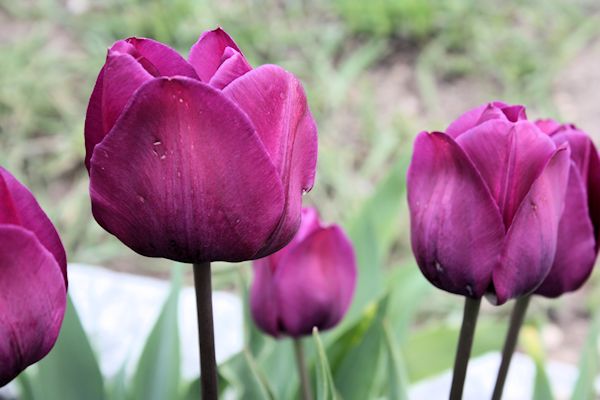 |
| October Garden |
Welcome to my October Long Island garden. As autumn is underway all the changing colors
of the garden become more and more vibrant by the day. Blooms from summer hold out as long as they
can as hues of orange and yellow appear in the landscape. The combination of the two seasons, summer going out and
fall coming in, are spectacular. Daylilly,
Sedum, Butterfly Bush and Knock Out Roses scramble to show their last burst of
vibrant blooms while plumes of maiden grasses appear.The fall garden is like a canvas that has been infused with
an array of color, developing into a fabulous piece of artwork…nature’s
artwork. Come along on the tour.
 |
| Fall Mums |
Albert Camus once quoted “Autumn is a second spring when every
leaf is a flower” One of my favorite things to do since I have become so interested in photography is to look at the garden in a different light...literally! I like to imagine the fall garden as a piece of artwork with all its amazing hues and colors just melding into one another.
 |
| Perennial Geranium Rozanne |
Somehow all the colors of the garden seem to come to life again in the autumn. We need a close up of these Rozanne Geranium. They have such detail and a delicate structure to them in the afternoon light.
 |
| Dwarf Butterfly Bush October |
The purple blooms of the Dwarf Butterfly Bush are also picturesque...
 |
| Sedum in Fall |
as are the rounded tops of Sedum in the October garden.
 |
| Knock Out Roses October |
Speaking of colors seeming more vibrant in fall, one of the best things I ever did was to incorporate these fabulous Knock Out Roses into the garden border. I cannot even put into words how much enjoyment they have provided over the years and this is how they look in fall with their lovely pinkish-red blooms!
 |
| Stella D Oro Daylily in October |
Old reliable 'Stella D Oro's is still pushing out blooms after a late summer rejuvenation in early August, adding color to the fall garden. These are a real stable in the landscape.
 |
| October Blooms: Variegated Liriope |
With autumn comes the blooms of liriope, which make a statement in the garden border. Liriope looks good in the garden all season long but really puts on a show now in October.
 |
| Balloon Flower (Platycodon grandiflorus 'komachi') |
Here is Balloon Flower, scientific name of Platycodon grandiflorus 'komachi'. I have gotten so many requests as to the exact species of this perennial since it is the only variety of Platycodon that does not open up. It remains as a true closed "balloon" throughout its entire bloom time and I cannot remember where I ever found it and have never seen another.
 |
| Viburnum Summer Snowflake Blooming in October |
Here is a close up of the delicate flower of the Summer Snowflake Viburnum in a muted light.
 |
| Perennial Border Fall View |
Fall has officially arrived in the perennial border with wispy fountain grass plumes and lots of seed heads for the birds to enjoy.
 |
| Echinacea Seed Heads |
Ah...autumn does have its attributes with changes everywhere...
 |
| Weeping White Pine Pine Cone October |
so let's take it all in...
 |
| Fall Mums |
and appreciate what is in view.
 |
| Evergreen and Perennial Bed Fall |
As we all know...the beauty of having a garden is to enjoy it through all its transitions.
As the tour comes to an end autumn becomes more and more present as a few of the highlights of the season are upon us.
 |
| Dwarf Fountain Grass Hameln Fall Plumes |
Brush-like plumes of fountain grasses dance in the wind...
 |
| Yaku Jima Maiden Grass Plumes Fall |
and Dwarf Maiden Grass Yaku Jima flaunts its stalks of feathery plumes.
 |
| First signs of Fall |
As the first brightly colored leaf falls and rests on top of the Weeping Norway Spruce and fall mums open, the season of autumn has arrived, and is seen in a different light.
 |
| Fall Blooms are like Artwork |
A garden is not a picture confined to a frame left hanging on a wall, it is something that changes with the movement of light and passing of time. ~ Beth Chatto
 |
| October Garden Views |
Author: Lee@A Guide to Northeastern
Gardening, © Copyright 2015. All rights reserved










































.jpg)

























